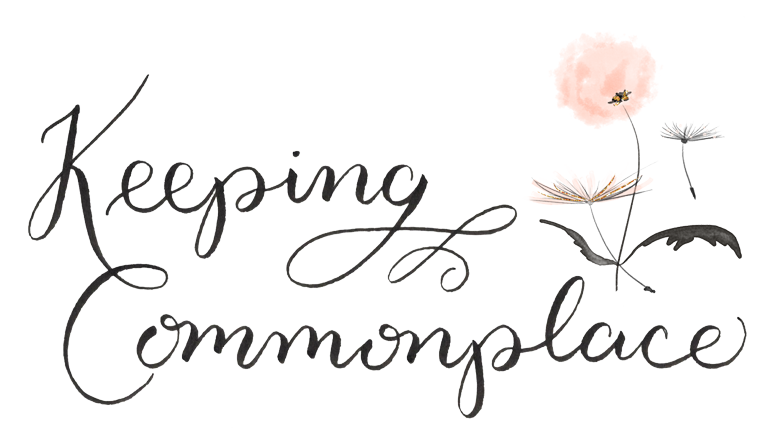Early Ash Wednesday morning, as I clumsily prepared for Mass in the dark, I reached for a necklace with a simple heart pendant on it. I have always been a very visual person and that simple gesture was an outward sign of my conscious decision to “Put On Love” this Lent along with my Blessed Is She sisters.

Have you seen the gorgeous journal written by Elizabeth Foss and designed by Erica Tighe of Be A Heart? The physical copies sold out but it’s not too late to make this a part of your lenten prayer too with a digital download that you can print yourself.
It wasn’t long before that tiny silver heart caught my daughter’s eye. She was snuggling on my lap during the Liturgy as I tried to keep her calm and occupied. That shiny necklace was just too much and she exclaimed loudly for all to hear:
“Mommy, you have a heart?
I get one when I grow up?
But I don’t want to grow up!
I just wear yours, Okay!
– Liesel Anne, age 2
Her face beamed as she looked up at me, eyes twinkling, smiling from ear to ear. I had to laugh at the joyful exuberance and complete trust of my sweet child.
There was no question in her mind that I had something that was good, she was too little to get it herself, but that it didn’t matter because she was my daughter and everything I have is hers.

It reminded me of St. Thérèse of Lisieux, also known as the Little Flower, so childlike in her faith and trust in her Jesus to provide. She desired nothing more than to be love in the heart of the Church but was keenly aware of her weakness and littleness.
Rather than hindering her, that humility and trust became her little way straight to the arms of the Father.
To love Thee as Thou lovest me I must borrow Thy very Love – then only, can I find rest.
―Thérèse de Lisieux, Story of a Soul: The Autobiography of St. Therese of Lisieux

As I was pondering all of this after Holy Communion, I couldn’t help but think that this is what the Lord wants to teach me during this time away with Him in the desert of Lent.
“God would never inspire me with desires which cannot be realized; so in spite of my littleness, I can hope to be a saint.”
― Thérèse de Lisieux, Story of a Soul: The Autobiography of St. Therese of Lisieux
If I hope to love, it must be with Jesus’ own heart and not by my own efforts.

And so like my little Liesel Anne and like the Little Flower, let us put on the heart of Christ as Lent begins, with total confidence that He will gladly love in and through us all for the glory of God if we just ask Him.
Blessings,

* In addition to the Blessed Is She Journal, I hope to revisit I Believe In Love: A Personal Retreat Based on the Teaching of St. Thérèse of Lisieux by Father Jean C. J. d’Elbée. It is on my short list of favorites but it’s been over a decade since I read it last. I would love to have you join me as we seek to put on love this lent.


 Words are powerful. They impact each of us in profound ways which is why I have determined to gather them together as so many precious gems kept here in my little commonplace book.
Words are powerful. They impact each of us in profound ways which is why I have determined to gather them together as so many precious gems kept here in my little commonplace book.

